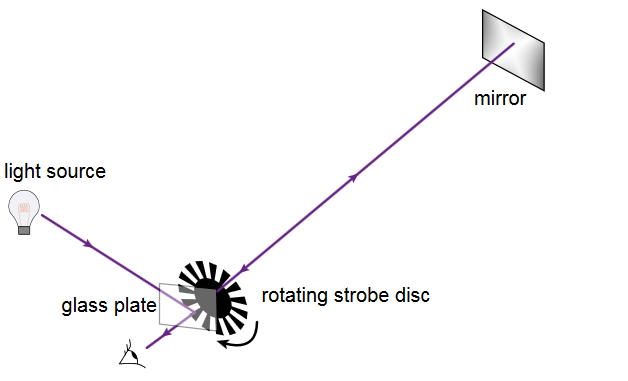At this time (2019) flat Earth theorists have devised two wide-spread theories about what causes "gravity", or at least what causes the effect that we call gravity. The first theory, which is fading among the older flat-earthers, is that the flat earth is accelerating upwards which causes a downward force on the surface of the earth. The second is density theory. We will address universal acceleration in this post.
Universal Acceleration claims that the earth is accelerating (not traveling at a constant speed) in a path that is perpendicular (up) to the Earth's flat surface. The rate of acceleration is said to be 9.8m/s^2. This speed is calculated by observing the force of gravity, which is about 1 G-force. This hold true with what we know about gravity and have already observed. (Funny how flat-earthers cherry pick bits of science that support their theory and ignore the others)
The problem with Universal Acceleration is that an object that is constantly accelerating will eventually reach a speed which is unsustainable. It will either be limited by it's own mass or it will lose stability. Additionally, as speed increases the likelihood of a collision becomes more and more likely. The impact made with other objects would also result in higher levels of destruction. Another issue is how the flat earth stays 100% perpendicular with the direction of travel. Even a slight deviation with cause all objects on the earth to have a tilted gravitational force and would push us over. But the real issue with UA is that no object with mass can travel at the speed of light and any object that is constantly accelerating will eventually reach the speed of light.
How long would it take to reach the speed of light traveling at 9.8m/s^1? Just under a year or so. You can use the calculator below to play around with various scenarios.
How do we know what the speed of light is? What if it was much faster than 299,792,458 m/s? I believe the other issues would still apply to the theory of UA, namely the increased likelihood of a disastrous collision. However, we have already developed methods to measure the speed of light. The first rudimentary methods were created in the 1800's.
Since light is made up of mass-less photons, it travels faster than objects that have a mass. This, any object which has a mass would require an impossible amount of force to create the needed energy for the acceleration. An object as massive as a planet would surely require an energy source to travel at such distances. This is a problem since the speed of the objects in space have been observed to be decelerating, not accelerating over time. Since the big bang, all objects in space have been decelerating as a result of gravitational pull and also because more energy is require to continue acceleration of massive objects.
The final issue with UA is that it would require the visible celestial bodies to also be accelerating at the same constant. For example, all the observable stars and planets in the sky would need to also be traveling in a relatively parallel path with the earth at a similar speed. As of yet, no source of energy has been given by flat-earthers to justify the continued acceleration of the Earth or it's solar system.


Comments